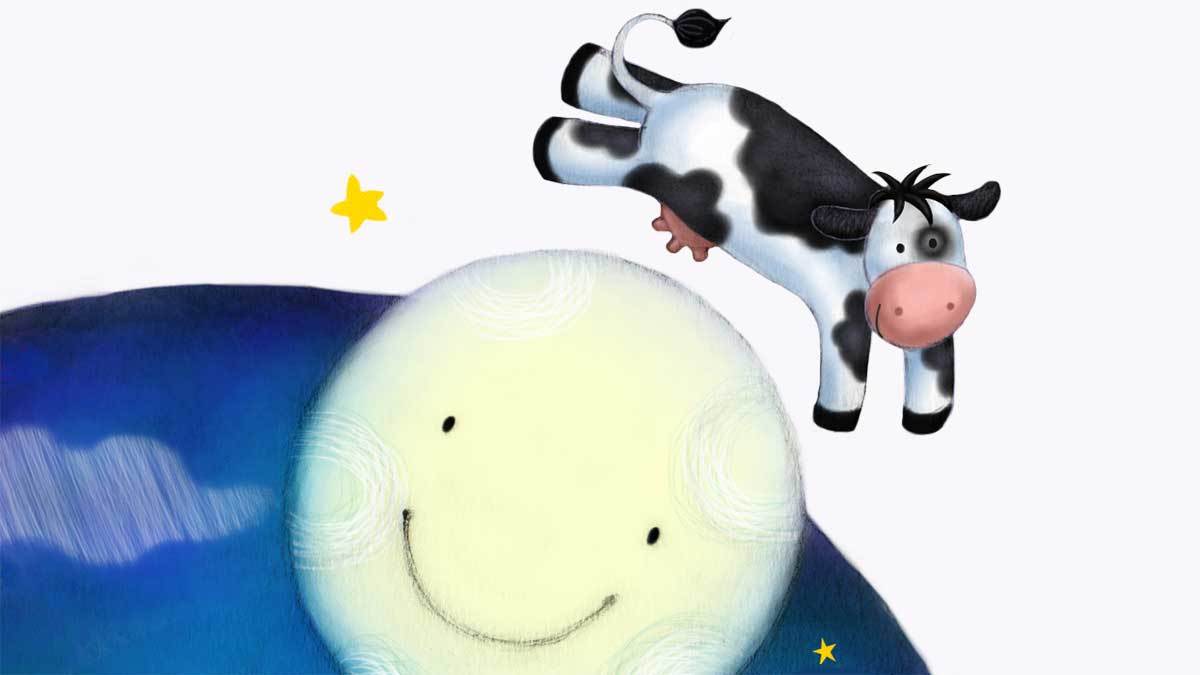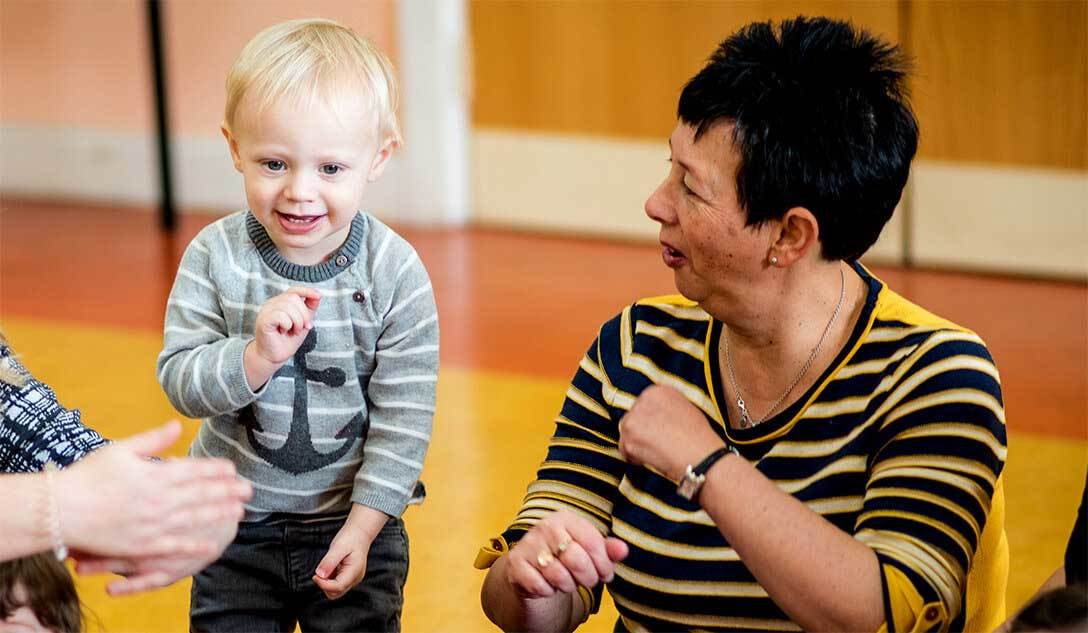Tips for sharing rhymes and songs
Here are some ideas about how you can enjoy sharing rhymes and songs with babies and young children.

Start sharing rhymes from birth
Babies can hear language before they are born. Even when they’re in the womb, they are aware of and can remember the rhythms of spoken language. Sharing rhymes with very young children helps them become familiar with the patterns of language and helps them develop their understanding of how language works.
Share action rhymes
Children love action rhymes. Babies love rhymes with actions and contact as it can help them feel safe and loved e.g. making circles on their hand in Round and Round the Garden. Toddlers and older children love joining in with actions in rhymes and songs.
Make it fun
Don’t be afraid to use silly voices and to emphasise the rhyme and rhythm. Try making your voice high and low, loud and soft, or make the rhyming words longer. This will help your child tune into the language in the rhyme – and will make them laugh!

Clap and stomp to the beat
With toddlers and older children, try clapping or stomping the beat of the rhyme. This can help them feel the rhythm of the rhyme.
Share rhymes anywhere and at any time
Rhymes don’t need special equipment and you can share them at bath time, in the car, on the bus, in the supermarket – anywhere! You can also try linking rhymes to your routines. Share calming rhymes or lullabies at bedtime and naptime.
Listen
Sharing rhymes and songs really helps your child to listen. Don’t worry if they don’t join in or only join in for parts of a rhyme or song. Just hearing the rhymes will have benefits.
Tips for practitioners
Celebrating rhyme is so important right now and that includes finding ways to #SingRhymeSmile safely.
Here are some hints and tips that practitioners have shared with us:
- Rhyme outdoors on dry days any time of the year
- Encourage families to rhyme at home and share videos
- Use online videos of rhymes and get the children to do the actions with rhyme in class and then put the actions and rhyme together at home
- Facebook Live rhyming sessions
- Children and families love to see teachers rhyming, singing and encouraging them to join in; make a video of teachers performing a rhyme and send it home for children and families to watch and rhyme with at home
- Ask children to dress up as a character from a rhyme and send a video of them performing the rhyme in character
- Create a rhyme celebration video; edit together videos of the children rhyming at home to make a class rhyme video
- Say the rhymes – use rhythm and movement to make them fun. Can you turn a well-known nursery rhyme into a rap?
